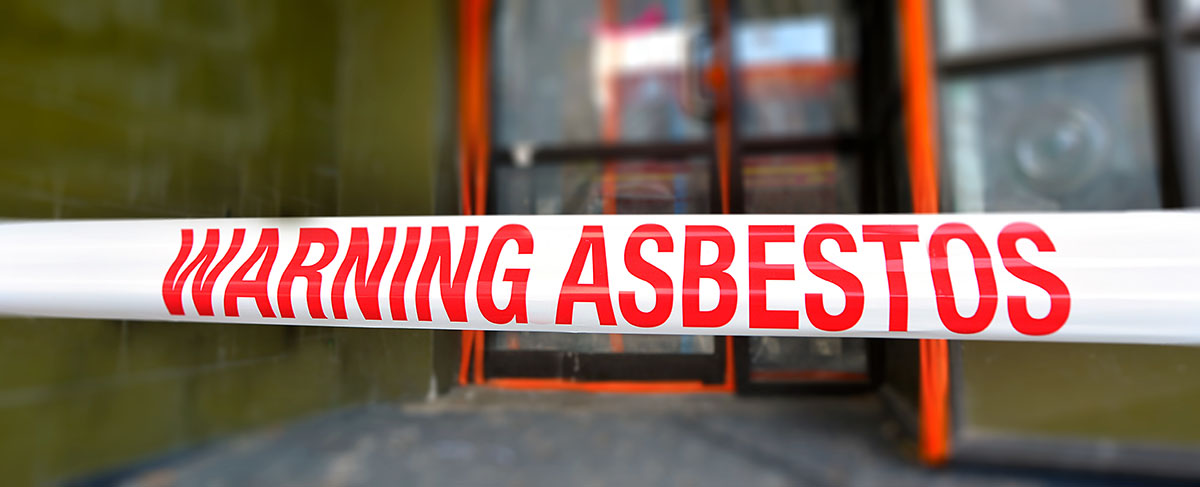Advanced Imaging Methods
Recent advancements in imaging technology have significantly improved the early detection of mesothelioma. Techniques such as high-resolution CT scans and MRI provide detailed images of the chest and abdomen, allowing doctors to identify tumors at an earlier stage. These methods are non-invasive and offer a clearer picture of the affected areas, which is crucial for planning treatment.
Biomarker Identification
Scientists are making strides in identifying biomarkers that can indicate the presence of mesothelioma. Biomarkers are substances found in the blood or tissues that can signal disease. By detecting these markers early, doctors can diagnose mesothelioma sooner and start treatment earlier. This approach also helps in monitoring the effectiveness of ongoing treatments.
Genetic Profiling
Genetic profiling involves analyzing a patient’s DNA to identify mutations that may contribute to mesothelioma. This technique helps doctors understand the genetic factors that may influence the development and progression of the disease. By knowing a patient’s genetic makeup, personalized treatment plans can be developed, improving the chances of successful outcomes.
Emerging Treatment Modalities
Immunotherapy Advances
Recent progress in immunotherapy has shown promise for mesothelioma patients. This treatment helps the body’s immune system fight cancer cells more effectively. Researchers are exploring various immunotherapy drugs and combinations to find the most effective options.
Targeted Therapy Developments
Targeted therapy is another exciting area of research. These treatments focus on specific molecules involved in cancer growth. By targeting these molecules, the therapy can stop or slow down the spread of cancer. Scientists are working on new drugs that can better target mesothelioma cells.
Novel Chemotherapy Agents
Chemotherapy remains a key treatment for mesothelioma, but new drugs are being developed to improve its effectiveness. These novel agents aim to kill cancer cells more efficiently while causing fewer side effects. Ongoing research is crucial to finding better chemotherapy options for patients.
Clinical Trials and Patient Outcomes
Recent Trial Results
Recent clinical trials have shown promising results in the fight against mesothelioma. Researchers are testing new drugs and treatment methods to see which ones work best. These trials help doctors understand how different treatments affect patients and which ones offer the most hope.
Patient Survival Rates
Survival rates for mesothelioma patients have been improving thanks to new treatments. Clinical trials play a big role in this progress. By testing new therapies, doctors can find better ways to help patients live longer and healthier lives.
Quality of Life Improvements
Improving the quality of life for mesothelioma patients is a key goal of clinical trials. Researchers are looking at how treatments affect not just survival, but also how patients feel day-to-day. This includes managing symptoms and side effects to make life more comfortable for those battling the disease.
Personalized Medicine in Mesothelioma
Tailored Treatment Plans
Personalized medicine is changing how mesothelioma is treated. Doctors now create treatment plans that fit each patient. This means looking at the patient’s unique health details and the specifics of their cancer. By doing this, they can choose the best treatments and avoid those that might not work.
Predictive Biomarkers
Predictive biomarkers are special signs in the body that help doctors understand how a patient might respond to a treatment. These markers can show if a treatment will be effective or if it might cause side effects. Using these biomarkers, doctors can make better decisions about which treatments to use.
Patient-Specific Therapies
Patient-specific therapies are treatments designed just for one person. These therapies consider the patient’s unique genetic makeup and the characteristics of their cancer. This approach aims to improve the chances of success and reduce the risk of side effects. By focusing on the individual, doctors hope to provide the best possible care for each patient.
Role of Multidisciplinary Care
Collaborative Treatment Approaches
Mesothelioma treatment often requires a team of specialists. This team can include oncologists, surgeons, radiologists, and nurses. Working together, they create a treatment plan that covers all aspects of the disease. This approach helps in making sure that the patient gets the best care possible.
Supportive Care Strategies
Supportive care is also important in treating mesothelioma. This type of care focuses on relieving symptoms and improving the patient’s quality of life. It can include pain management, nutritional support, and emotional counseling. These strategies help patients feel better and cope with their illness.
Integrative Medicine Options
Integrative medicine combines traditional treatments with alternative therapies. For mesothelioma patients, this can mean using acupuncture, massage, or herbal supplements along with standard medical treatments. These options can help reduce side effects and improve overall well-being.
Environmental and Genetic Risk Factors
Asbestos Exposure Studies
Asbestos exposure is the leading cause of mesothelioma. Researchers have been studying how asbestos fibers cause this cancer. They found that when people breathe in asbestos, the tiny fibers can get stuck in the lungs. Over time, these fibers can cause damage and lead to cancer. Studies also show that people who worked in places with a lot of asbestos, like construction sites, are at a higher risk.
Genetic Predisposition Research
Some people might be more likely to get mesothelioma because of their genes. Scientists are looking at families with a history of this cancer to find out if there are specific genes that make someone more likely to get sick. They have found some genes that might be linked to a higher risk. This research can help doctors understand who is more at risk and why.
Preventive Measures
To lower the risk of mesothelioma, it’s important to take steps to avoid asbestos exposure. Here are some ways to do that:
- Avoid old buildings: Many old buildings have asbestos in them. If you need to work in or around these buildings, make sure to take safety precautions.
- Wear protective gear: If you work in construction or other jobs where you might be exposed to asbestos, always wear protective clothing and masks.
- Get regular check-ups: If you have been exposed to asbestos, regular medical check-ups can help catch any problems early.
By understanding both environmental and genetic risk factors, we can take better steps to prevent mesothelioma and protect those who are most at risk.








